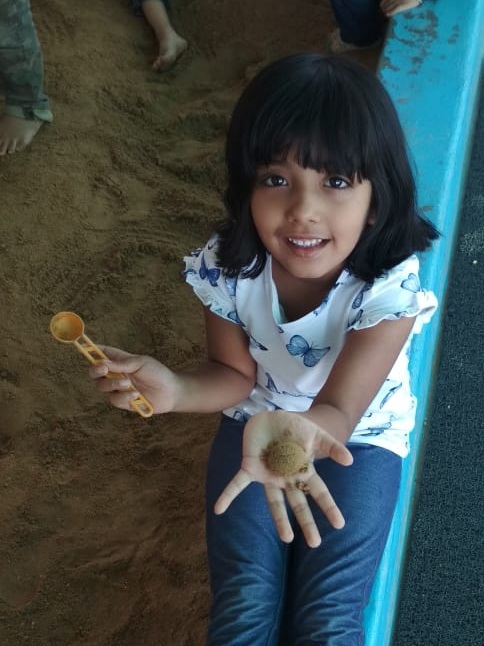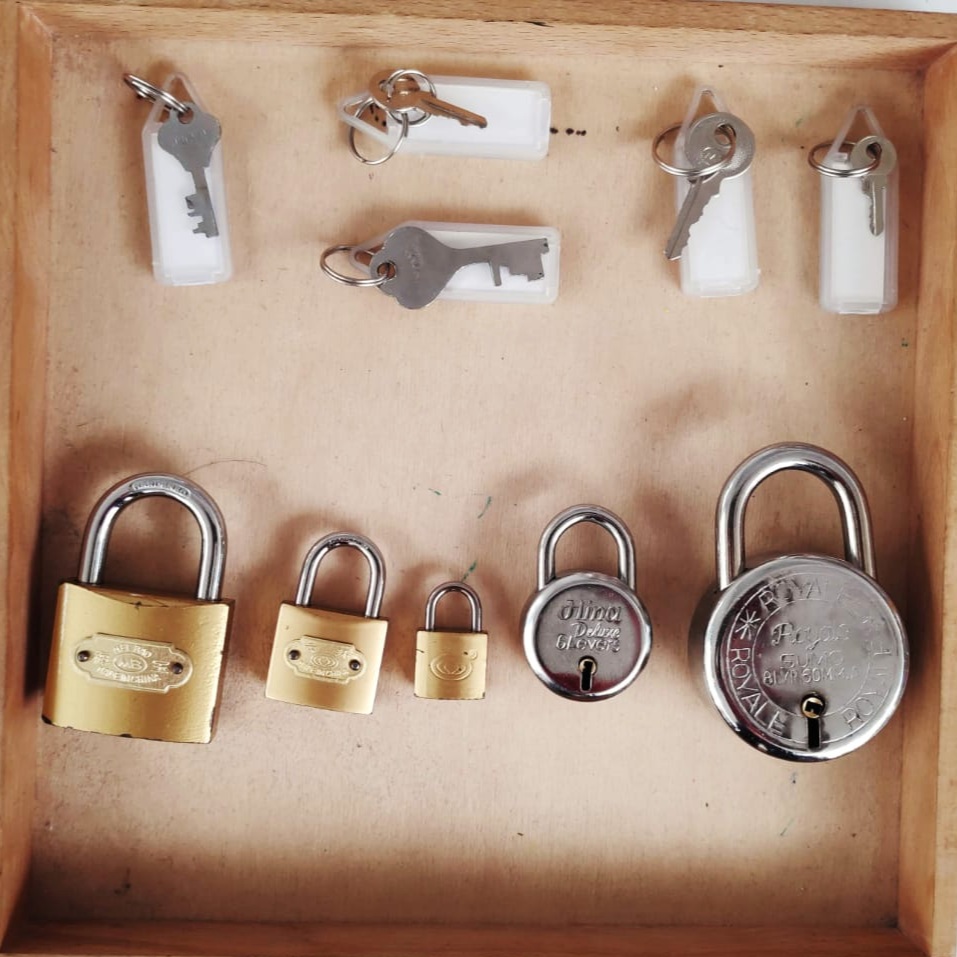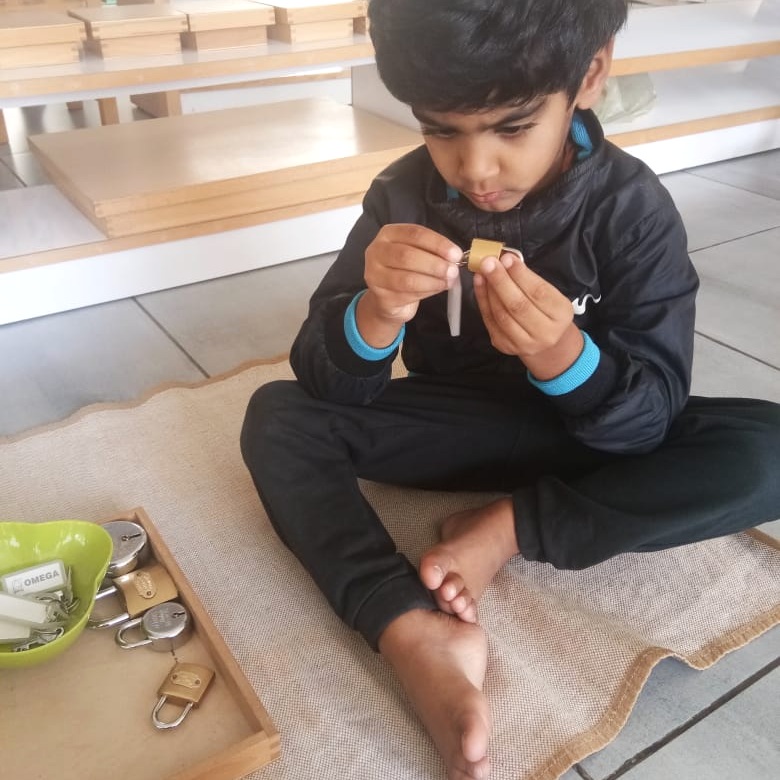Looking after indoor plants is a great way to introduce care of the environment activities to small children and toddlers. If you have indoor plants this is fantastic way to do at home. If you don't have any indoor plants perhaps it's time to pick up one or two for your child to care for and observe?
Indoor plants can be observed but also need watering, access to sunlight, often they need repotting, dusting, fertilising and care! I love to have a variety of indoor plants however even one indoor plant at the child's height can be of benefit.
A small watering can that the child can hold and walk with is useful. For a very young child a small pitcher near the plant might be easier. A cloth or sponge nearby might be needed for cleaning (or mopping up) small spills. A small spray bottle can be provided for misting plants (especially if in a terrarium) or for spraying leaves for dusting. Dusting or leaf polishing can be done with a soft brush, sponge, cloth, cotton wool or even with a purpose made wool duster. In one of the examples above a small glass bowl of water is provided for the child to moisten the cotton wool before dusting. Perhaps some small scissors can be provided if the plants have old leaves that need to be removed.
Giving the child responsibility for a plant is worth considering. An adult can supervise and help the child if the plant is being over watered, not watered enough or if it needs to be moved for more sunlight. An older child can make observations across seasons and be involved in planting, repotting or potentially propagating. I love visiting the plant nursery and this is a really fun place to take children - perhaps they can pick out a plant of their own!












